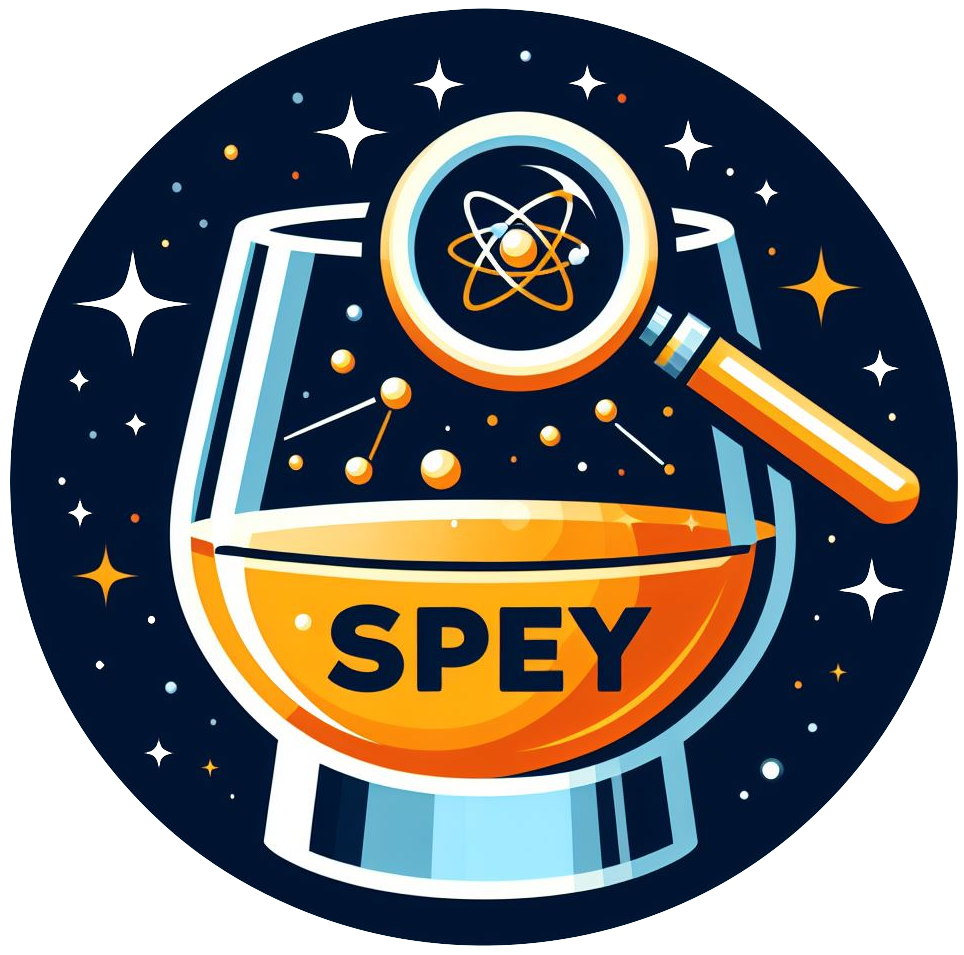spey.hypothesis_testing.test_statistics.compute_teststatistics#
- spey.hypothesis_testing.test_statistics.compute_teststatistics(mu: float, maximum_likelihood: Tuple[float, float], logpdf: Callable[[float], float], maximum_asimov_likelihood: Tuple[float, float], asimov_logpdf: Callable[[float], float], teststat: str) Tuple[float, float, float][source]#
Compute test statistics
- Parameters:
mu (
float) – parameter of interest, \(\mu\).maximum_likelihood (
Tuple[float, float]) – (\(\hat\mu\) and \(\arg\min\log\mathcal{L}\))logpdf (
Callable[[float], float]) – function to compute \(\log\mathcal{L}\) with fixed \(\mu\).maximum_asimov_likelihood (
Tuple[float, float]) – (\(\hat\mu_A\) and \(\arg\min\log\mathcal{L}_A\))asimov_logpdf (
Callable[[float], float]) – function to compute \(\log\mathcal{L}_A\) with fixed \(\mu\).teststat (
Text) –test statistic.
'qtilde': (default) performs the calculation using the alternative test statistic, \(\tilde{q}_{\mu}\), see eq. (62) of [arXiv:1007.1727] (qmu_tilde()).Warning
Note that this assumes that \(\hat\mu\geq0\), hence
allow_negative_signalassumed to beFalse. If this function has been executed by user,speyassumes that this is taken care of throughout the external code consistently. Whilst computing p-values or upper limit on \(\mu\) throughspeythis is taken care of automatically in the backend.'q': performs the calculation using the test statistic \(q_{\mu}\), see eq. (54) of [arXiv:1007.1727] (qmu()).'q0': performs the calculation using the discovery test statistic, see eq. (47) of [arXiv:1007.1727] \(q_{0}\) (q0()).
- Returns:
\(\sqrt{q_\mu}\), \(\sqrt{q_{\mu,A}}\) and \(\Delta(\sqrt{q_\mu}, \sqrt{q_{\mu,A}})\)
- Return type:
Tuple[float, float, float]
